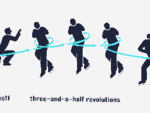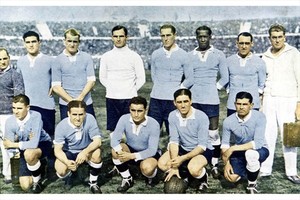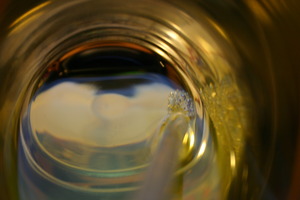Our bodies are made up of over 300 muscles. These muscles benefit from being worked and exercised. The more we utilize them the stronger they become and the more flexible we are. However, sometimes we simply overuse a muscle through improper training or we suffer a severe blow which can partially or completely tear the muscle. This results in an extremely painful injury. Depending on the severity of the muscle fiber being torn the ability to move may be severely hindered or you may be rendered completely immobile.
There are three types of muscle ruptures. The severity of the strain is measured in degree’s. A first degree sprain means that less then five percent of the muscle has been torn or suffered damage. They are normally only considered a pulled muscle. They are not that painful and they will not hinder your ability to move very much. They will be very mild on the pain scale and they will truly only create discomfort.
A second degree rupture is almost a complete tear. This is a serious condition that causes a good deal of pain. Often the at the site of the tear there will be a bit of swelling or a bump will appear. You should be able to still move the muscle but you often will be unable to stand or walk.
A third degree is a complete and total tear of the entire muscle width. You will be unable to move or contract the muscle at all. Where the muscle is torn it will begin to ball up under the skin and form a huge lump. At this point a good deal of internal bleeding will begin and there will be massive bruising. A torn muscle that is this severe will normally require surgery to heal properly. The muscle will have to be reattached. If this is not done the muscle will calcify over time with a large build up of scar tissue and the user will often be unable to ever use it again.
Here are some idea’s to help you prevent a sprain and how to treat one when it does occur.
1) Always warm up properly before a work out.
2) Remember that it takes time to build up your muscles. This is a gradual process so do not overwork them.
3) If a muscle is overly tired it will suffer a tear more easily.
4) You should always stretch every day. A properly stretched and limber muscle will not tear as easily.
5) Always stretch slow and steady. Do not bounce.
6) If a tear occurs cease doing whatever you were doing. You will want to limit the movement of the muscle to control the bleeding. The more internal bleeding that occurs the longer it will take to heal and the more pain you will experience.
7) In order to control the internal bleeding you need to apply ice for at least twenty minutes to the afflicted area. This will slow down the blood loss.
8) Never massage a torn muscle. This will only make it bleed worse internally.
9) Never apply heat or this will make the bleeding flow faster.
10) If you can keep the injured area elevated above your body then do this. Especially when resting or sleeping.
11) Always be willing to use crutches if necessary to prevent further injury.
12) A doctor will often apply an ace bandage. Continue to wear this and do not remove it.
13) Continue to ice the area at least four times a day for fifteen minutes.
14) After three days you will alternate the cold ice with a heating pad as the healing begins and the area is no longer bleeding. Now you will want to encourage the body to heal and reabsorb the bruising.
15) Any serious tear will heal with scar tissue. The muscle will never be the same again and might sustain injury more easily to the same spot.
16) If your doctor advises physical therapy then do what he advices. This will strengthen your muscle over time and help it to heal better.
Sources:
http://www.mayoclinic.com/
http://www.drweil.com/
http://www.golflink.com/how_3542_heal-torn-muscle.html
http://www.sportsdoctor.com/articles/muscle.html
http://www.mayoclinic.com/health/hamstring-injury/AN00839





